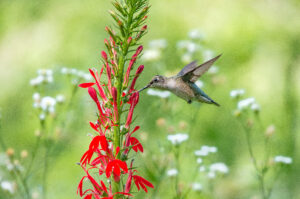
Cardinal Flower: A Vibrant Native Plant for Wet Soils
Cardinal flowers are striking plants that add a pop of vibrant red to gardens and natural areas. These tall, slender perennials bloom in late summer
Ground shipping is currently paused. Local deliveries throughout Long Island will continue as usual. Pre-orders for fall are now open. Non-local orders will begin shipping again in early September. Click here to learn more.
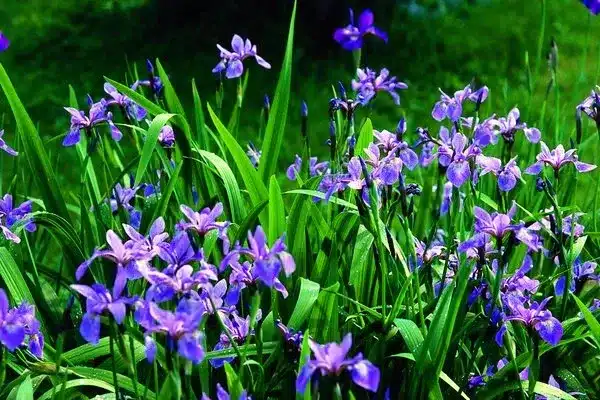
New York native plants are essential for sustaining local ecosystems. They provide food and shelter for wildlife while helping to maintain soil health.
Incorporating native plants into your garden supports regional biodiversity and helps create a resilient, thriving landscape.
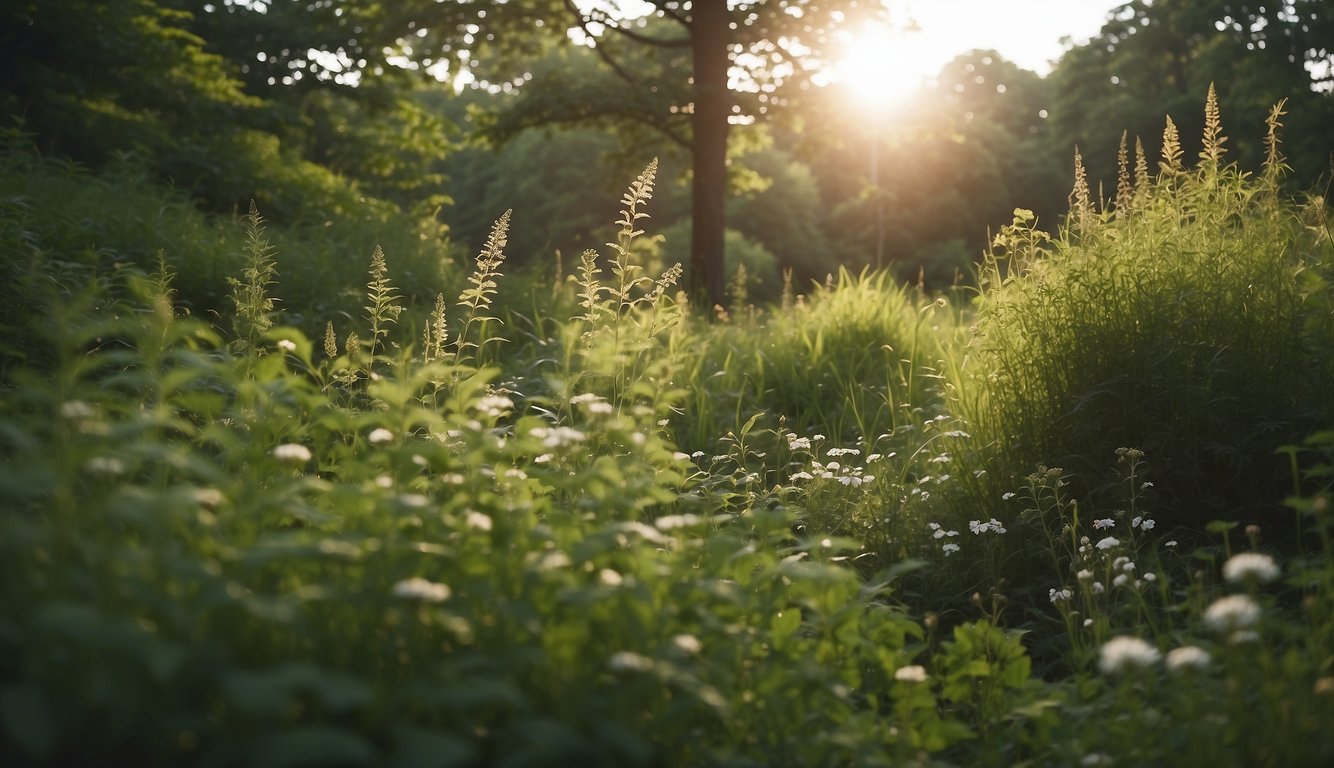
These plants are highly adapted to local climate and soil conditions, so they typically require less maintenance than exotic or non-native species.
By choosing native plants, you’ll not only enhance the beauty of your garden but also provide essential resources for local wildlife.
Native plant gardens also help reduce the need for pesticides and fertilizers, promoting a more sustainable way of gardening.
Selecting the right native plants for your garden requires considering factors like soil type, sunlight exposure, and moisture levels. New York offers a variety of native species suitable for both home gardeners and professional landscapers.
Explore some of these incredible native plants and discover how they can enhance your landscape while supporting the environment.
Native plants play a fundamental role in New York by supporting healthy ecosystems, providing vital resources for pollinators, and offering practical advantages for sustainable landscaping and maintenance.
Native species are essential to robust, resilient ecosystems. Well-adapted to the local climate and soils, they offer superior survival and growth compared to many imported species.
They support wildlife—including birds, mammals, and insects—by supplying food, shelter, and nesting material.
These plants preserve biodiversity, ensuring a balanced, diverse local ecosystem.
In addition, native plants protect and improve soil health by controlling erosion and enhancing water retention—especially critical in areas prone to heavy rain or shifting weather patterns.
Restoration projects utilize native species to restore damaged landscapes and rebuild stable habitats. Avoid using invasive or non-native plants as they disrupt local ecology and outcompete beneficial natives.
Ultimately, native planting helps keep New York’s environment thriving, adaptable, and naturally beautiful.
Pollinators such as bees, butterflies, and flies depend on native flowering plants for nectar and pollen.
New York’s native flora includes ecologically important species like milkweed, goldenrod, and asters, which provide year-round sustenance for a broad variety of pollinators.
Pollinators maintain crop yields and foster the spread of wild plants — leading to healthier gardens and natural landscapes.
Planting natives invites these vital creatures into your garden, helping sustain the natural web of life while bolstering your local environment.
Native plants require less water, fertilizer, and pesticide than non-native species, making them a practical and sustainable choice for landscaping.
This reduces both costs and negative environmental impacts associated with traditional garden maintenance.
Because they are evolved to local conditions, native plants are more resistant to pests and diseases, resulting in healthier, stronger gardens.
Low-maintenance native plantings let you spend less time on upkeep and more time enjoying your landscape’s natural beauty.
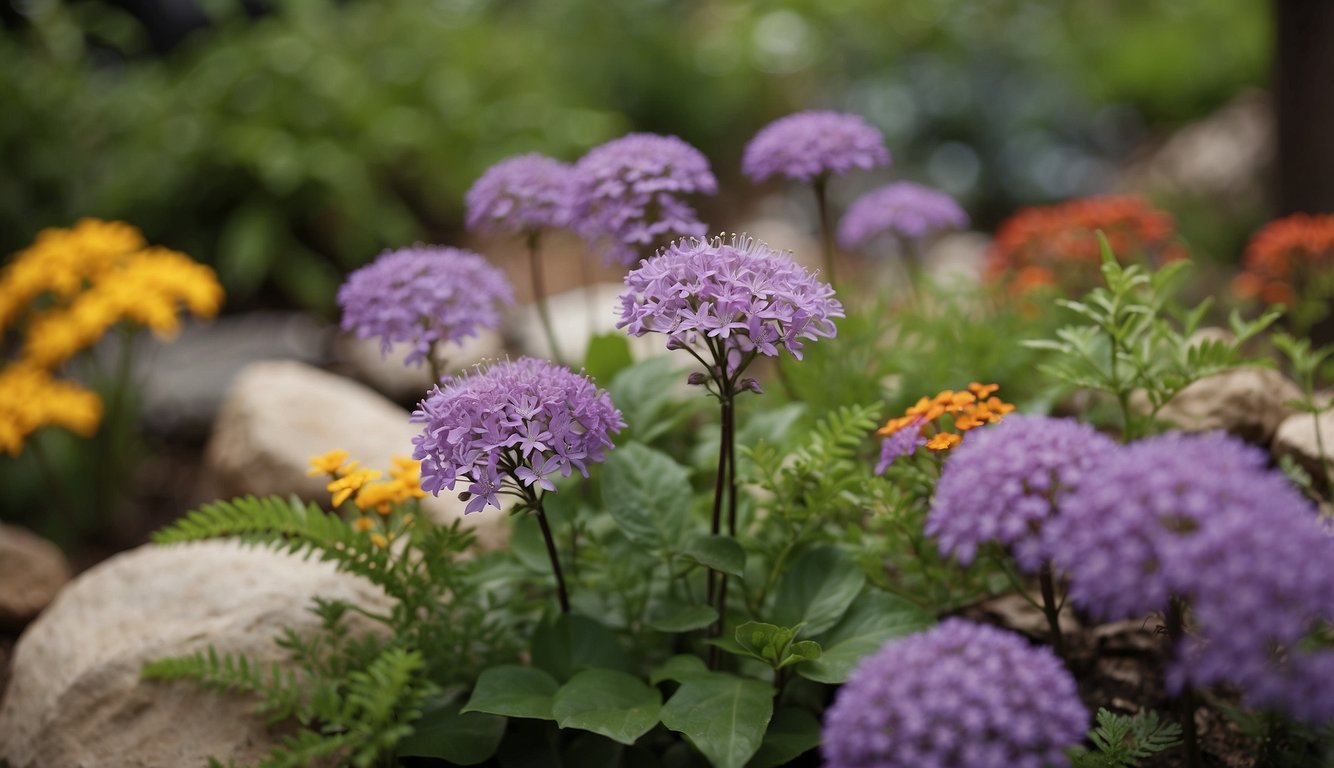
When designing a native plant garden, carefully assess the site’s sunlight, soil moisture, and potential for attracting pollinators including hummingbirds, bees, and butterflies. These considerations ensure your garden thrives and provides rich habitat for local wildlife.
Light requirements are critical when planning your garden layout.
Some native plants need full sun (at least six hours of direct sunlight per day), such as Black-eyed Susan and Purple Coneflower.
Others prefer partial shade (three to six hours of sun), such as Wild Geranium and Foamflower.
For areas in full shade (less than three hours of direct sunlight), try Wild Ginger and Trillium.
Understanding your soil—whether it’s wet, well-drained, or dry—helps you pick appropriate plantings.
Wet soil areas support plants like Swamp Milkweed and Blue Flag Iris, both adapted to soggy spots and helpful for rain gardens or managing runoff.
In dry or well-drained soil, consider drought-tolerant choices like Little Bluestem and Butterfly Weed.
Test your garden’s soil by checking drainage and supplementing where needed. Consider raised beds or amending the soil with organic material for improved performance.
To support pollinators, be intentional in plant choices.
Brightly colored flowers such as Bee Balm and Cardinal Flower attract hummingbirds, while Milkweed, Asters, and Joe Pye Weed are favorites for bees and butterflies.
Ensure a sequence of bloom times from early spring through late autumn to provide continual food sources.
Group similar plants together and provide water sources for foraging insects.
Avoid chemical pesticides, as these can harm beneficial pollinators. Instead, natural gardening practices create a safe haven for birds, butterflies, and bees.
New York’s diverse native plant palette includes stately trees, vibrant wildflowers, distinctive grasses, and crucial aquatic and woodland species. Below are some highlights of key groups of New York native plants to consider for your garden:
Native trees such as maples and oaks deliver shade, habitat, and visual interest.
The Eastern Redbud, with showy pink flowers in spring, is pollinator-friendly, while Swamp White Oak flourishes in wetter soils.
Shrubs like Northern Spicebush and Mountain Laurel layer in seasonal color and habitat complexity.
Spicebush produces small yellow spring flowers and red berries in fall; Mountain Laurel is noted for its elegant pink and white blooms.
Wildflowers such as Great Blue Lobelia and Smooth White Beardtongue bring vibrant pops of color and essential resources for pollinators.
Great Blue Lobelia is particularly popular with bees and butterflies, while Swamp Milkweed is vital for monarch butterflies throughout their life cycle.
Purple Coneflower and New England Aster showcase flamboyant blossoms and are excellent for extending garden beauty into late summer and autumn.
Ornamental grasses such as Little Bluestem and Blazing Star contribute texture, motion, and seasonal color.
Little Bluestem offers blue-green foliage turning brilliant red in autumn.
The Blazing Star sports eye-catching purple spikes that draw numerous pollinators.
Deep roots from these grasses help prevent soil erosion and create important habitat for wildlife such as native songbirds.
For wetter or woodland settings, try Blue Flag Iris and Cardinal Flower.
Blue Flag Iris thrives in moist soil, offering elegant blue flowers, while Cardinal Flower provides brilliant red blooms—an irresistible draw for hummingbirds.
Shade-loving ferns, including Christmas Fern, add lush, year-round greenery to garden beds and forest floors. Aquatic plants and ferns also filter water and offer essential cover for small wildlife.
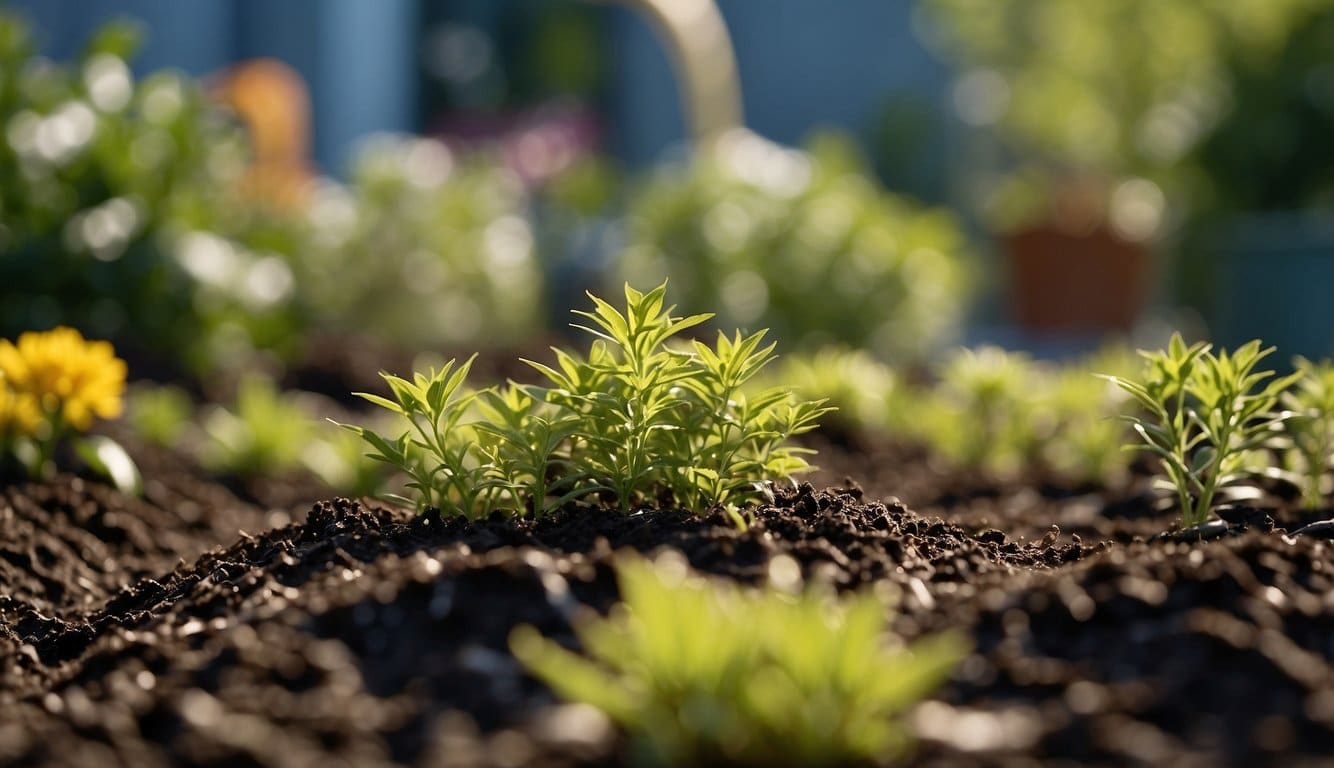
Proper maintenance is key to a thriving native plant garden. Understanding each plant’s preferred soil, watering routine, and pruning needs will keep your landscape healthy with minimal effort.
Native plants flourish in local soil types and usually need little to no supplemental fertilizer. Most favor well-drained, slightly acidic soil packed with organic matter.
Conduct a soil pH and nutrient analysis before planting to optimize conditions.
Mix compost into sandy soil for better moisture retention or into clay soil for improved drainage.
Apply slow-release fertilizers sparingly if necessary, as over-fertilizing can damage native species. Rely on leaf mulch and compost for natural soil enrichment.
Water needs vary, but most New York natives are adapted to local moisture patterns. During droughts or establishment, water plants deeply and infrequently to promote resilient root systems.
Guarantee good drainage—overly wet roots invite disease. Raised beds and compost can boost drainage and structure, while mulching conserves moisture and controls weeds.
Regularly prune to remove dead or diseased growth and to encourage healthy blooming.
Use sharp, sanitized tools to avoid spreading plant diseases.
Some species need only light pruning; others benefit from seasonal cutting to maintain shape and productivity.
Watch for pest insects like aphids or caterpillars and use organic controls—such as neem oil or insecticidal soap—early on.
Prevent and treat diseases like powdery mildew and root rot through good air circulation, clean water practices, and plant selection suited to site conditions.
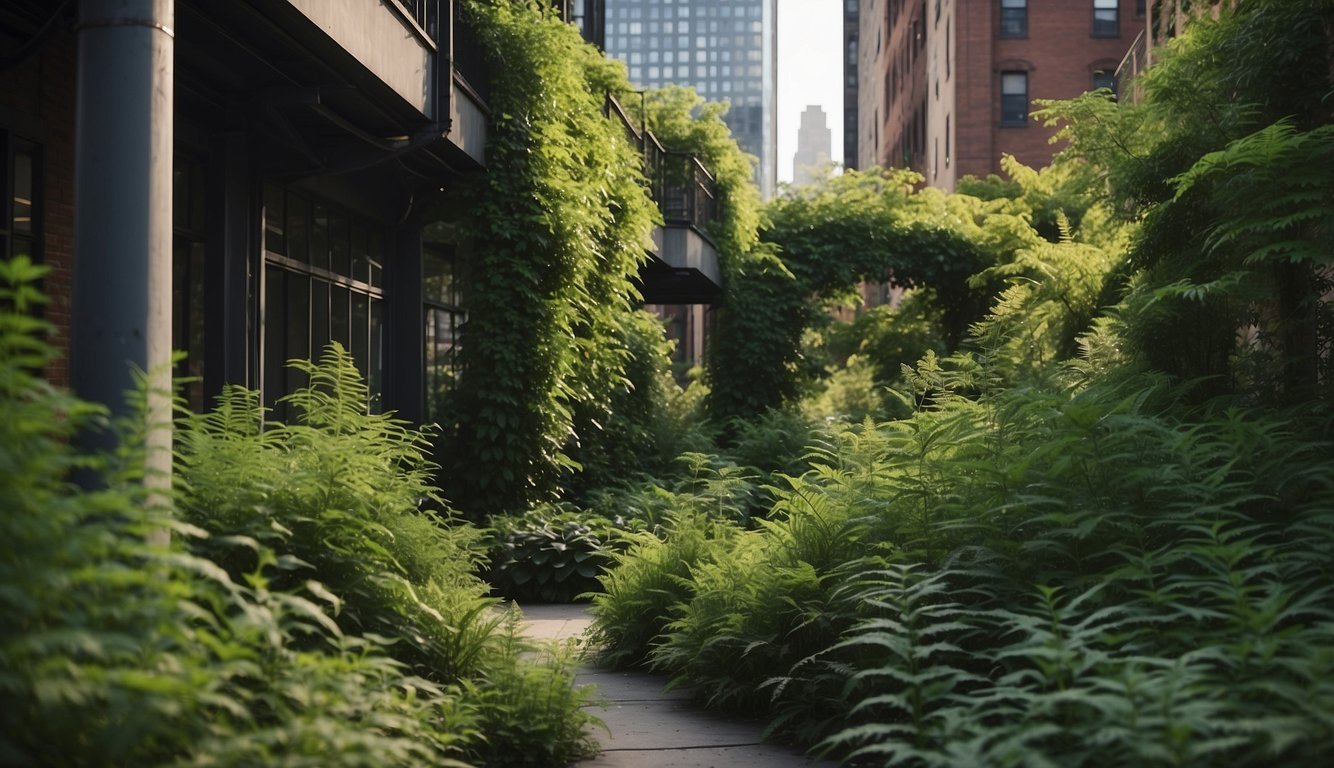
Cultivating native plants in New York comes with its own set of challenges and environmental factors to consider.
Anticipate wildlife browsing, adapt to variable weather, and select plants suitable for the urban or rural conditions of your site.
Native species may attract both beneficial and problematic wildlife—like deer and rabbits—which may feed on tender plants.
Monitor your garden regularly and use humane methods to deter unwanted herbivores, such as fencing or netting.
Choose plant varieties less attractive to these animals and consider natural repellents or companion plantings to minimize damage.
New York’s seasons range from humid summers to frigid winters. Most native plants are well-adapted, but extreme conditions may require additional care, such as extra mulching or supplemental watering.
Select region-appropriate plants tolerant of your area’s temperature and moisture swings to ensure the best results.
Choosing the right native plants or cultivars increases your success and reduces future maintenance.
Prioritize species native to your local ecological zone, as these will be best suited to thrive given your specific microclimate and soil.
The New York Flora Association is an excellent resource for regional plant recommendations and up-to-date distribution lists.
Factors such as sunlight, drainage, humidity, and frost tolerance should also guide your plant selection process. For instance, Eastern Red Columbine grows well in shade, while Purple Coneflower prefers full sun.
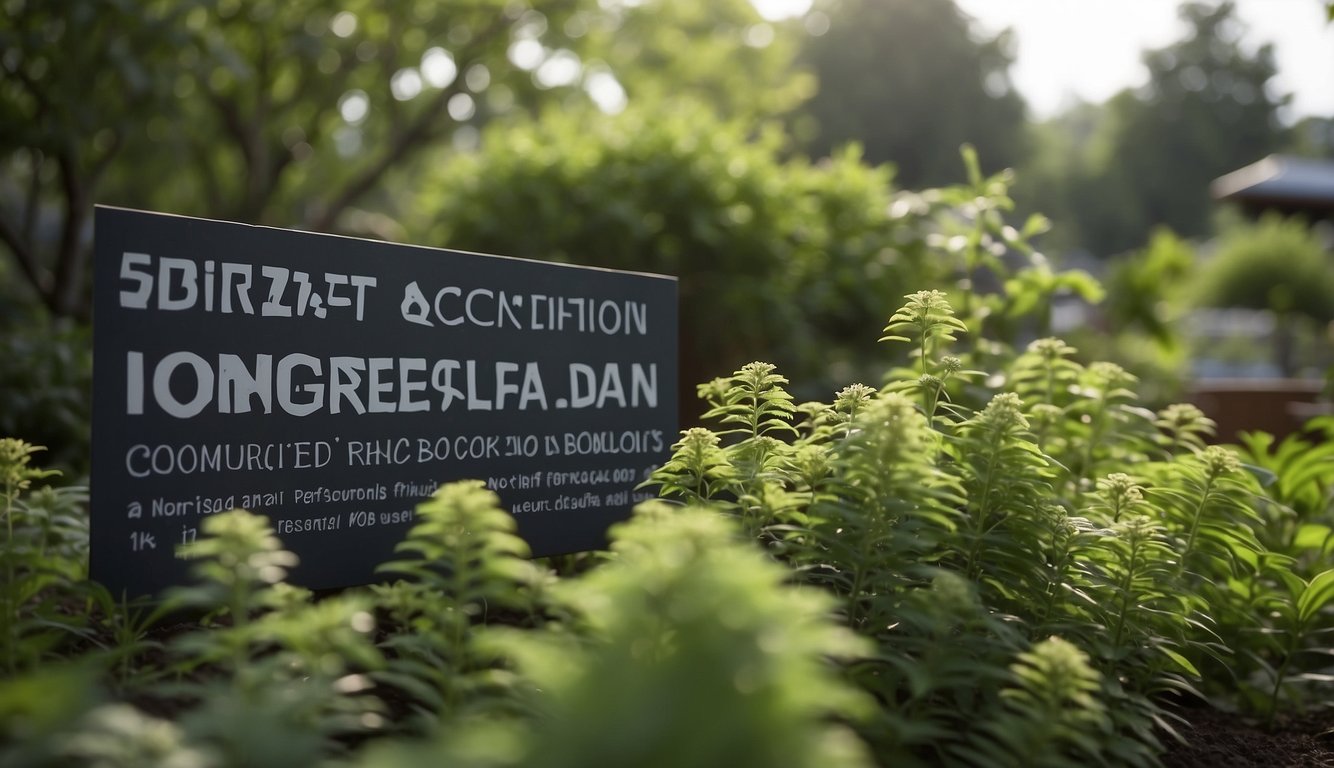
Protecting New York’s native flora is vital for preserving the health, diversity, and resilience of the region’s ecosystems. You can support this cause by getting involved in community projects and tapping into rich educational resources.
Support conservation efforts by joining local initiatives focused on restoring native plant habitats—such as pollinator meadows, butterfly gardens, rock gardens, or shade gardens.
Volunteer with organizations dedicated to native plant conservation, such as local chapters of nature societies or environmental groups.
A great example is the work of the New York Flora Association, which organizes field events, species surveys, and educational workshops. These efforts help maintain healthy natural habitats across the state.
In your own yard, create a wildlife-friendly environment by planting natives that provide food and shelter for birds, pollinators, and beneficial insects. Even small plantings—like a butterfly or rain garden—can support local biodiversity.
Numerous resources can help you select, grow, and conserve New York native plants:
– The New York Botanical Garden provides outstanding native plant guides, gardening tips, and links to workshops and educational events.
– The New York Flora Association offers up-to-date plant lists, identification tools, and conservation resources for both beginners and professionals.
Local garden centers and nurseries often carry native species, and many have knowledgeable staff to help you make appropriate plant choices for your growing conditions.
Participating in native plant swaps or sales is another effective way to acquire plants well-adapted to your region while connecting with fellow gardening enthusiasts.
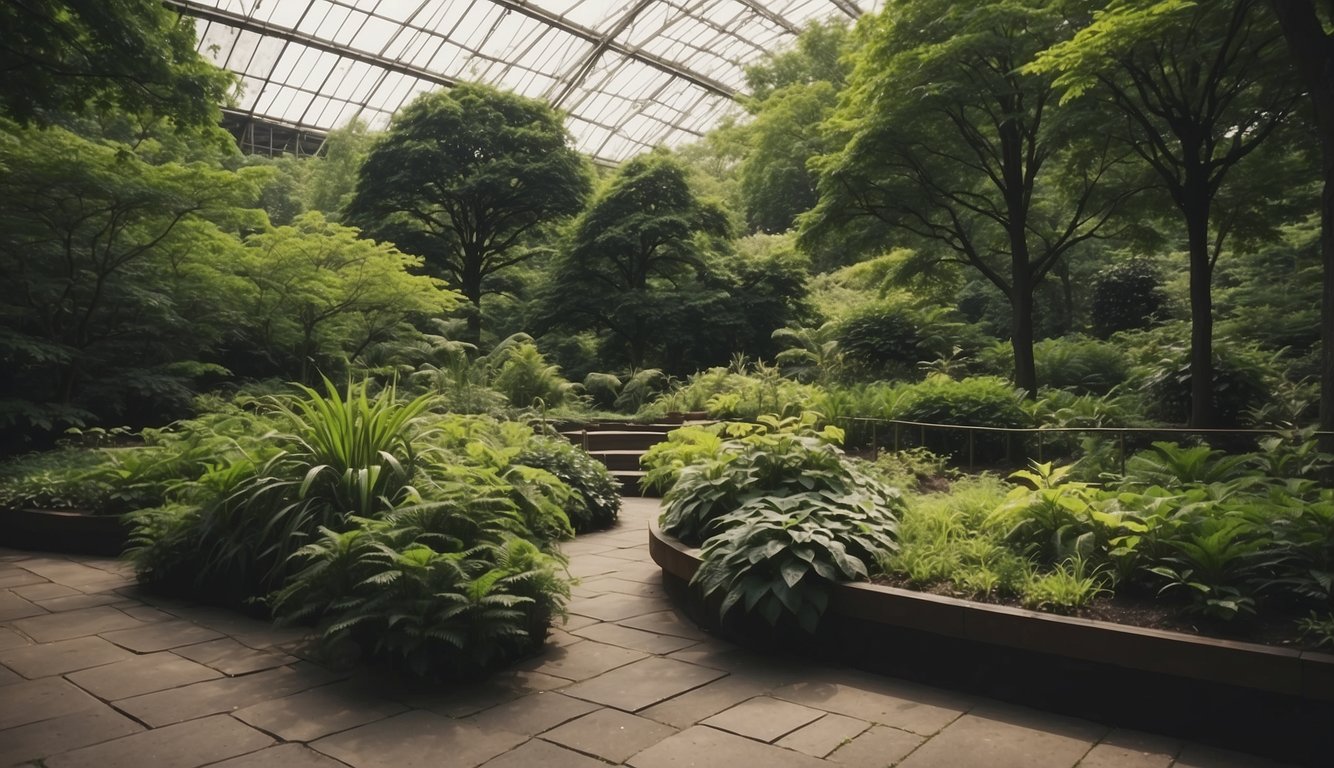
New York’s native plants are diverse and valuable for both natural habitats and cultivated gardens. Below are some common questions about native plant selection, care, and sourcing:
Top choices include Eastern Red Columbine, New England Aster, and Wild Bergamot. These species adapt well to local conditions and are highly beneficial for wildlife.
Identification is best achieved by examining color, flower shape, and bloom time. Local field guides and apps are useful—look for distinctive species such as Black-eyed Susan and Trillium.
Consider Red Osier Dogwood, Winterberry, and New Jersey Tea. These hardy shrubs provide structure, seasonal interest, and critical habitat value.
Eastern Redbud, Serviceberry, and Flowering Dogwood are small native trees suitable for urban gardens, providing ornamental beauty and supporting city-dwelling wildlife.
Check reputable local nurseries, native plant fairs, and online suppliers focused specifically on native species. Purchasing certified native plants supports genetic diversity and plant health.
Native plants enhance landscapes naturally. They conserve water, minimize chemical use, improve wildlife habitat, and adapt to the climate—creating a lower-maintenance yet ecologically rich environment.

Cardinal flowers are striking plants that add a pop of vibrant red to gardens and natural areas. These tall, slender perennials bloom in late summer
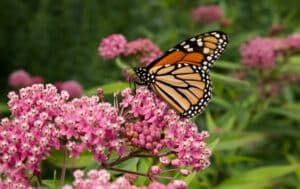
Rose milkweed is a beautiful native plant that can add color and life to your garden. This perennial flower, also known as Asclepias incarnata, grows
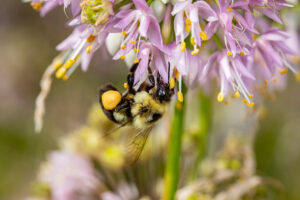
Nodding onion plant is a charming native plant found across North America. Its drooping pink or white flower clusters add a whimsical touch to gardens
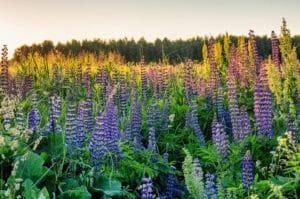
Lupinus perennis, known as wild lupine, is a stunning native wildflower of eastern North America. This perennial plant adds a splash of color to meadows
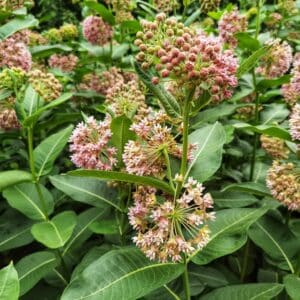
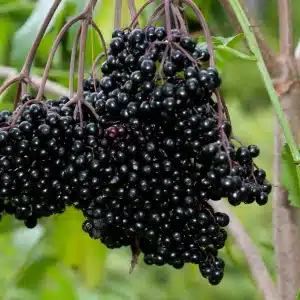
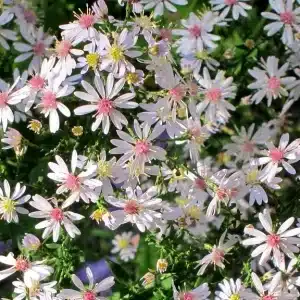
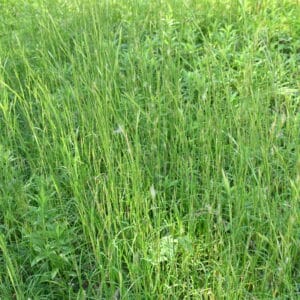
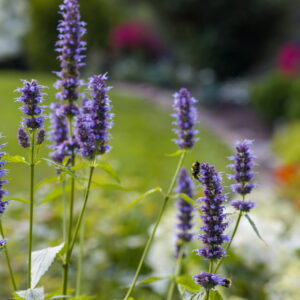
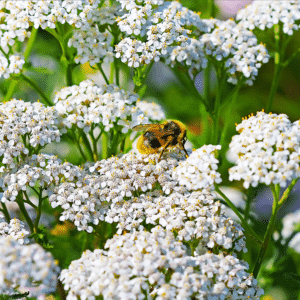
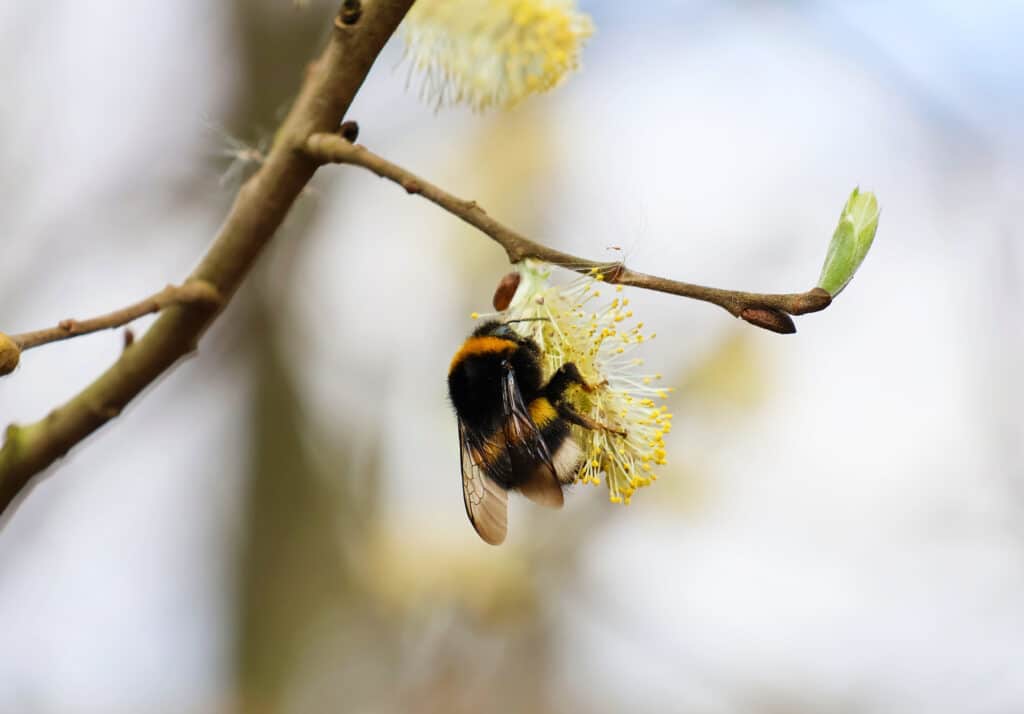
Only Local Delivery Available (Long Island & Queens)
Ground Shipping Paused
To protect our plants from extreme summer heat, we’ve paused nationwide ground shipping to avoid any damage during transit.
Local Delivery Only
We’re still delivering locally to Long Island and Queens, so nearby customers will continue to receive orders as usual.
Fall Pre-Orders Are Open Nationwide!
We will resume normal shipping for non-local orders placed during the pause in early September.
Thank you for your support and understanding—we’re looking forward to growing with you this fall!